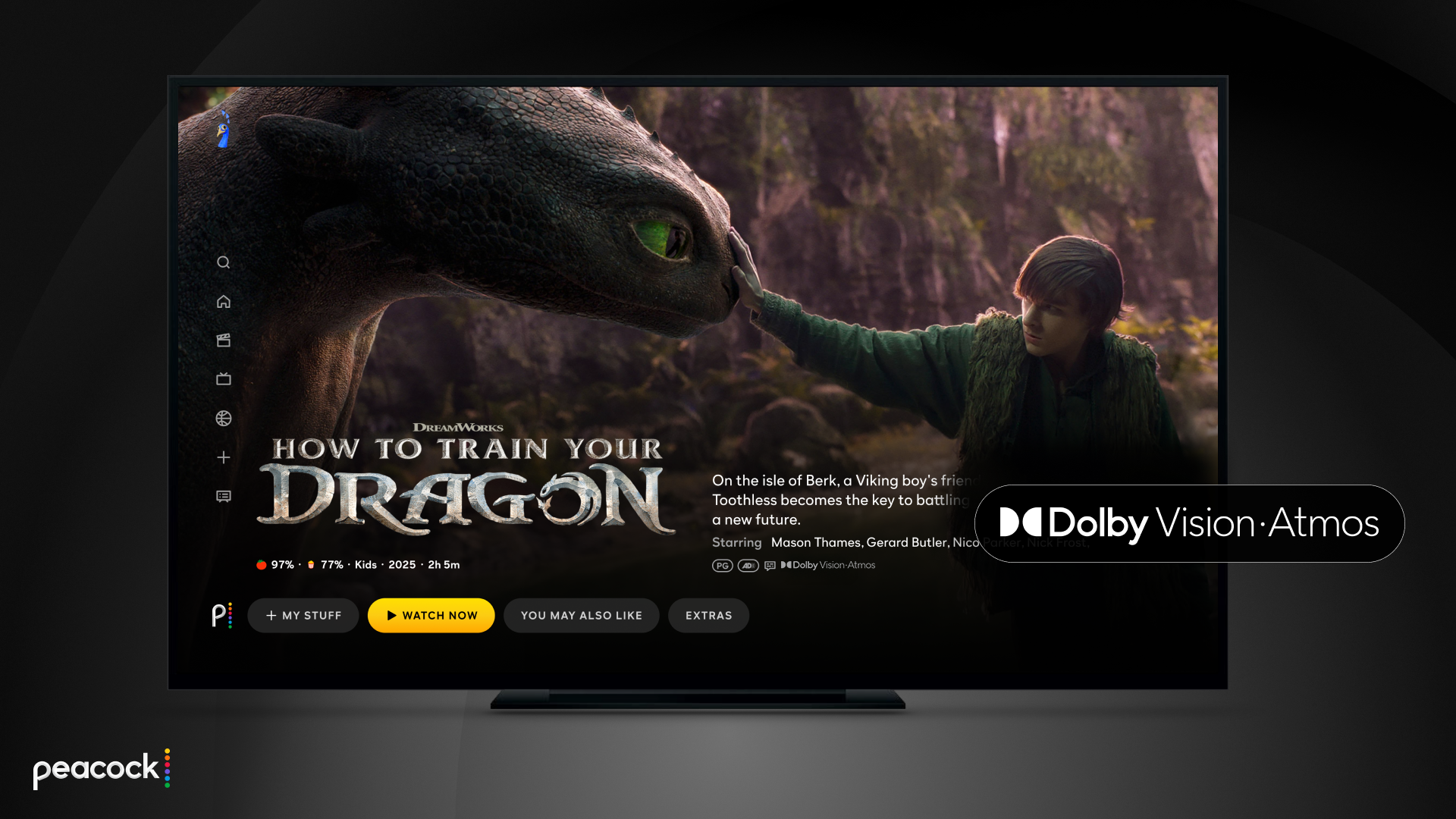I just tested one of 2025's best small OLEDs – and it proves most companies are focusing on the wrong thing
OLED has a bright future, but it needs more than that to be truly great
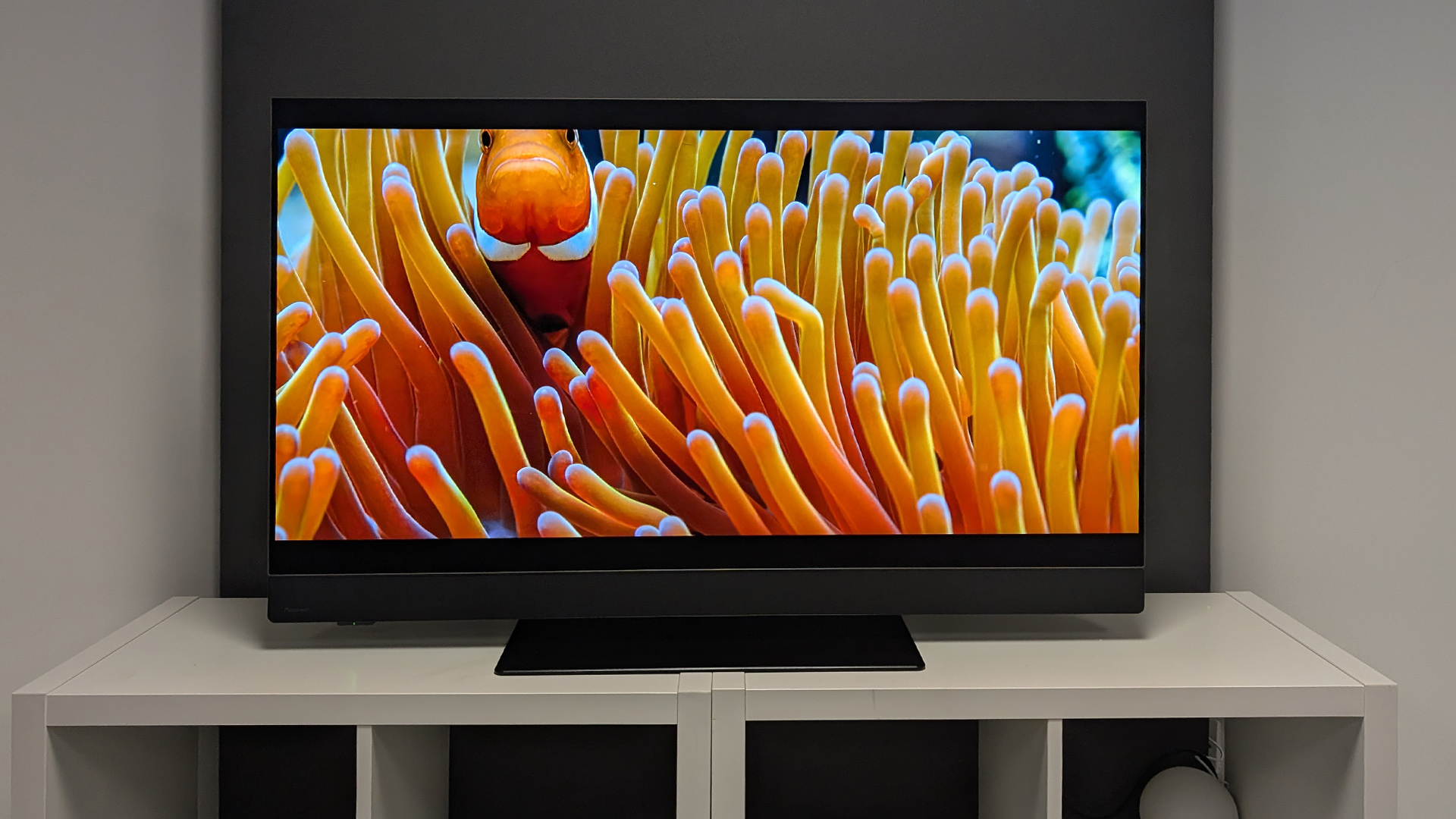
In case you missed one of the sea of other opinion pieces I’ve written this month, I recently completed a marathon OLED group test – one that had me reviewing the 48-inch LG C5, 48-inch Samsung S90F and 48-inch Panasonic Z90B.
For non-techies, that is a tall order as these are three of the biggest names in small-ish OLEDs to arrive this year.
And to be clear off the bat, all of them are five-star small-ish sets, but for very different reasons. You can read our full reviews to get the details.
But as I fell into my familiar Groundhog Day testing pattern, cycling through our test discs and scenes, comparing all three side by side, I came to one distinct conclusion – most of them are too focused on peak and operating brightness.
“What!? An OLED going too bright!? But OLED’s biggest weakness is its inability to match LED TVs' brightness!” – I can already hear the older cinephiles screaming in the distance.
Yes, I admit it, this is an odd thing to say, as there’s no denying that, despite great work by manufacturers, OLEDs still don’t normally go as bright as LEDs, particularly Mini LED sets.
And the ones I reviewed are step-down models that don’t have the brightness boosting Primary RGB Tandem OLED or QD-OLED panel tech seen on this year’s flagship LG G5, Samsung S95F, Sony Bravia 8 II, Philips OLED950 and Panasonic Z95B – they’re all basic WOLEDs.
The latest hi-fi, home cinema and tech news, reviews, buying advice and deals, direct to your inbox.
And yes, I also admit that extra brightness, when utilised well, can improve picture quality, boosting things like HDR performance and detail levels.
But that’s not my argument.
My point is that manufacturers are pushing brightness as the be-all and end-all to the detriment of equally, if not sometimes more, important parts of the picture – especially when it comes to colour volume and temperature.
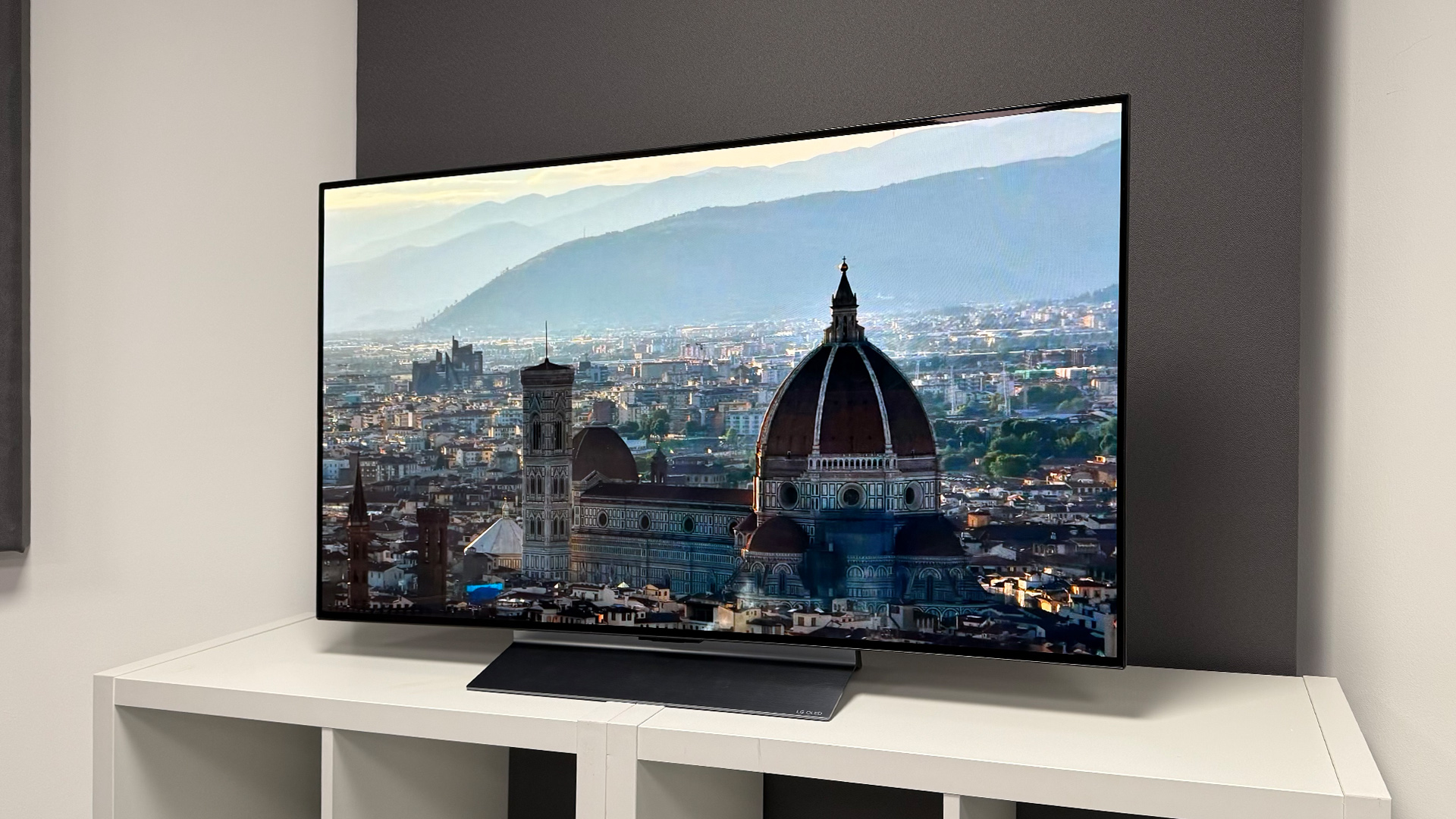
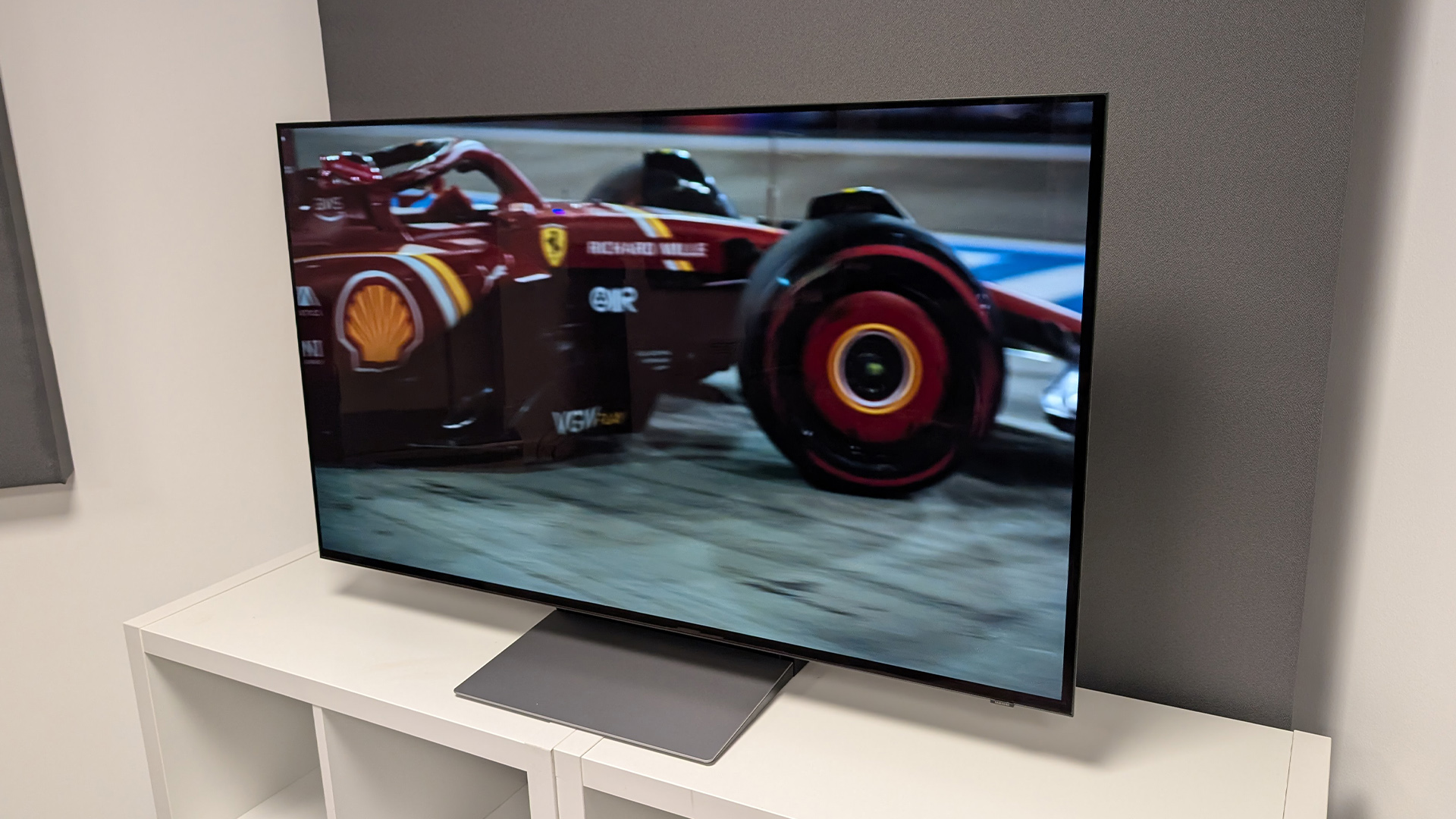
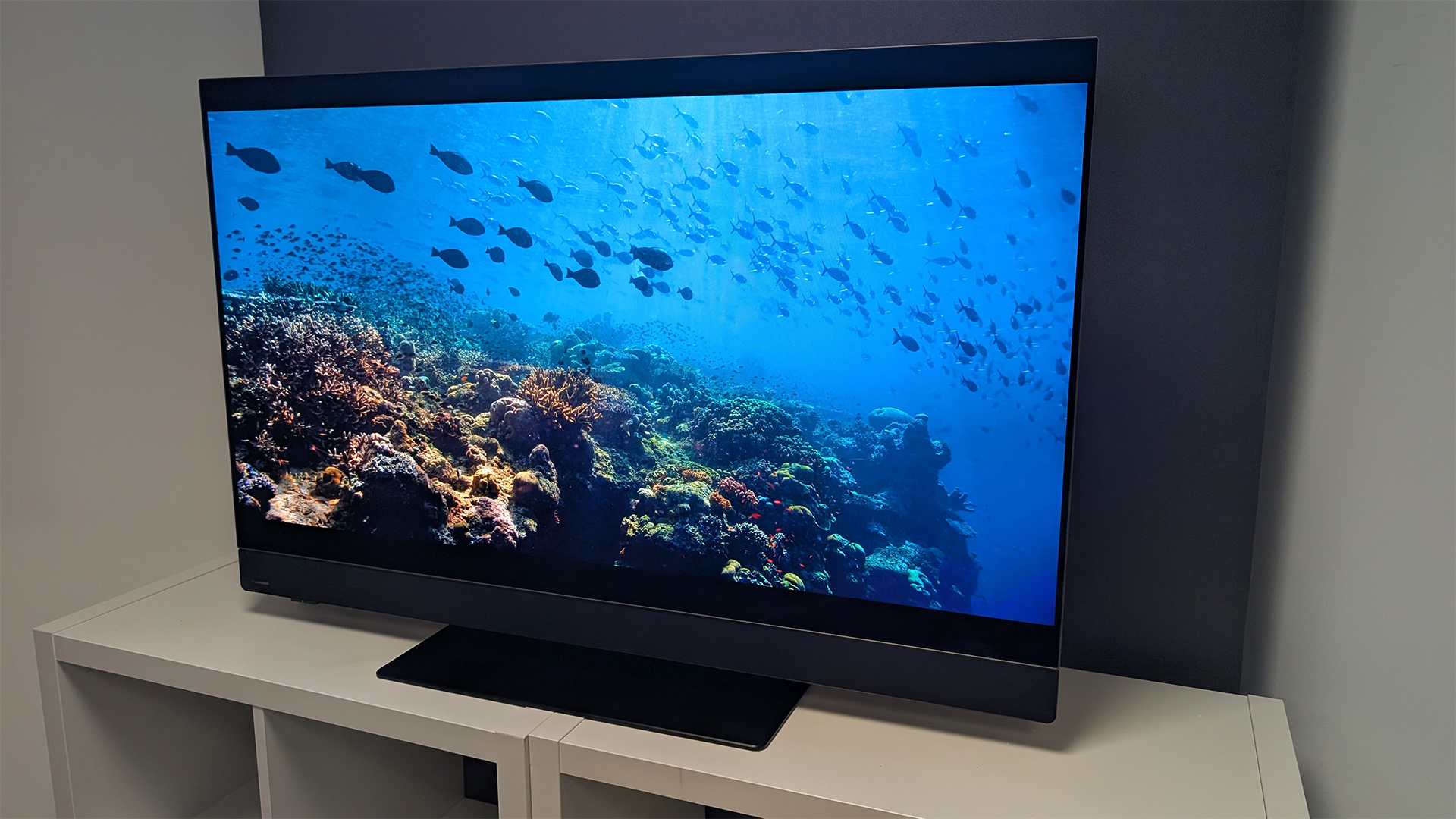
This is true for different reasons on both the LG C5 and Samsung S90F.
For example, looking at the LG C5, the set handled peak brightness areas nicely in most instances.
After playing Dune: Part 2, we said as much when we reported: “The desert retains its sparkle, with the brightest part of the sky shining in a way OLEDs this price from even a few years ago can’t, but with significantly more detail.”
But, these perks were let down by a key weakness: the C5's tendency to lose colour volume during demanding low-light scenes.
During a heated night-time battle scene courtesy of our Civil War 4K Blu-ray disc, characters’ skin tones in particular lost their natural warmth, taking on a greenish hue. This resulted in a flatter, less natural picture, and this is a an issue we've seen on many recent LG OLEDs.
Though it doesn't happen enough to lose the C5 a star, it is a distraction on the odd occasion it rears its ugly head.
By comparison, the Samsung S90F dealt with the scene much better than the LG, with characters’ skin tones retaining a nicely authentic red tone, and explosions popping out of the dark background with amazing flare.
But it didn’t play as well with Dune: Part 2. During the scene, the set seemed to struggle with the overarching brightness. Here, the intentionally very bright skyline lost some detail. Thanks to the S90F’s focus on showing off its high nit count, at times with little regard for accuracy, this made the skyline look bright but slightly flat, as it was raising the brightness too high across the board.
And it wasn't just in the skyline, in these sections colours also had a minor tendency to look overcooked. Characters' skin tones looked a little off, with the set pushing reds too aggressively.
The focus on brightness and "oomph" also made the Fremen fighters look like they all had individual ring lights on them during certain parts of the scene, thanks to the aggressive processing which made peaks burn brighter than they needed to.
Again, these issues only occurred during very specific, demanding scenes, and generally the S90F performed excellently.
But, while both sets' extra brightness was a boon in most instances, it could have been made so much more effective if both manufacturers had taken a bit more care with the TVs' handling of colours and chosen to only push the panel's nit count when they actually needed to.
This was particularly noticeable when I ran the Panasonic Z90B against them. Here, though the set undeniably looks dimmer than its rivals, the focus on only going bright when it needed to, and the care and attention Panasonic has made to ensure colours look uniform regardless of whether the scene is light or dark, paid off in spades.
Because of this, the set is a key example how TV makers can take advantage of the extra brightness recent AV technological improvements offer, without sacrificing authenticity.
As we said in our review:
“The background dunes retain a warm detail that is lost on the rivals we test it against, which occasionally reduce subtle shades of red and orange to pure white. The same is true as the action transitions to a dim segment of the film. Here, the Panasonic manages to retain the colour volume and detail of skin tones in a way that is beyond many modern OLEDs.”
That, my friends, is clear proof if ever there was any of the importance of focussing on holistic picture quality, and colours in particular, over simply chasing a high nit/peak brightness count – which I and movie-makers have said many times before.
The only difference here being that I'm usually ranting about Mini LED sets, instead of OLEDs.
Here's hoping we see more OEMs follow Panasonic's lead in 2026...
MORE:
These are the best OLED TVs we’ve tested
We rate the best 40-inch TVs
Our picks of the best soundbars to compliment your new OLED

Alastair is What Hi-Fi?’s editor in chief. He has well over a decade’s experience as a journalist working in both B2C and B2B press. During this time he’s covered everything from the launch of the first Amazon Echo to government cyber security policy. Prior to joining What Hi-Fi? he served as Trusted Reviews’ editor-in-chief. Outside of tech, he has a Masters from King’s College London in Ethics and the Philosophy of Religion, is an enthusiastic, but untalented, guitar player and runs a webcomic in his spare time.
You must confirm your public display name before commenting
Please logout and then login again, you will then be prompted to enter your display name.
